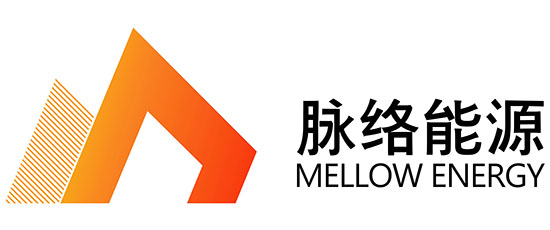Perovskite solar cell and module manufacturer, Mellow Energy, has revealed what it claims to be the world’s largest integrated flexible perovskite photovoltaic module.
A spin-off of the Institute of New Energy Technology at Jinan University, Mellow Energy’s achievement showcases the growing potential of perovskite technology.
Product Specifications and Design
The ML-Flex module boasts impressive dimensions of 1,200 mm x 1,600 mm x 1 mm and weighs just 2.04 kg.
This lightweight design demonstrates the scalability of perovskite solar cells, a technology that has captured attention due to its high efficiency, reduced weight, and low production costs.
“The flexibility of this new module opens up diverse possibilities,” explained Mellow Energy’s CTO, Shaohang Wu.
Wu added, “Its potential applications range from wearable devices and portable solar products to more advanced uses in electric vehicles (EVs), drones (UAVs), and building-integrated photovoltaics (BIPV)”.
Power and Efficiency
The ML-Flex module is available in five different versions, with power outputs ranging from 260 W to 300 W.
The power conversion efficiency spans from 13.5% to 15.1%. The open-circuit voltage ranges from 200 V to 205 V, and the short-circuit current is between 2.16 A and 2.26 A.
Additionally, the fill factor varies between 60% and 65%, ensuring consistent performance across different applications.
Operating Conditions and Durability
These flexible modules can operate within a wide temperature range, from -40°C to 85°C, and they feature an operating temperature coefficient of -0.30%/°C.
The modules equip an IP68-rated junction box, ensuring durability and protection against environmental factors.
Production and Scalability
Mellow Energy’s production line has a designed capacity of 100 MW for rigid modules, with the capability to accommodate flexible module production as well.
The company is currently in the process of ramping up both performance and production capacity. This large-scale production is expected to reduce costs, enhance scalability, and accelerate the commercialization of perovskite technology.
“We’ve recently completed the production of our new flexible modules, which are currently undergoing third-party efficiency certification,” Wu explained.
He added, “We anticipate receiving the certification results soon, and for rigid panels, we expect to pass IEC 61215 certification by June”.
Innovation in Perovskite Solar Cells
Last year, Mellow Energy and Jinan University, under Wu’s leadership, introduced an innovative monolithic perovskite solar module.
The module utilizes a unique interconnection technique. This technique prevents the loss of volatile components from the perovskite solar cell absorber. It improves both efficiency and stability.
“In monolithic perovskite modules, ion migration in the interconnect region affects both efficiency and stability,” Wu said.
“To address this, we developed a method to create ion barrier layers in-situ, which significantly enhances both the efficiency and stability of the cells”.
Advanced Manufacturing Techniques
The researchers employed an inverted perovskite cell design with an anti-diffusion layer. The substrate was made of glass and indium tin oxide (ITO), with a hole transport layer (HTL) of poly-triarylamine (PTAA).
They also used a hybrid 3D-2D perovskite absorber with PoBx species and an electron transport layer (ETL) made of buckminsterfullerene (C60) and tin(IV) oxide (SnO2). The silver metal electrode completed the structure.
To prevent volatile species from escaping, the team deposited the ETL via atomic layer deposition (ALD). They then performed post-annealing to optimize the composition and crystallization.
The 2D/3D heterostructure was designed to speed up charge extraction at the perovskite/C60 interface. It also suppresses light-induced halide segregation.
Looking Ahead
Mellow Energy continues to scale up production and finalize certifications. Its perovskite solar modules offer flexibility and performance. These features are set to reshape the solar energy landscape.
As reported by pv-magazine.com, ongoing advancements in manufacturing and material design are shaping the future of perovskite solar technology. It looks increasingly promising.
































